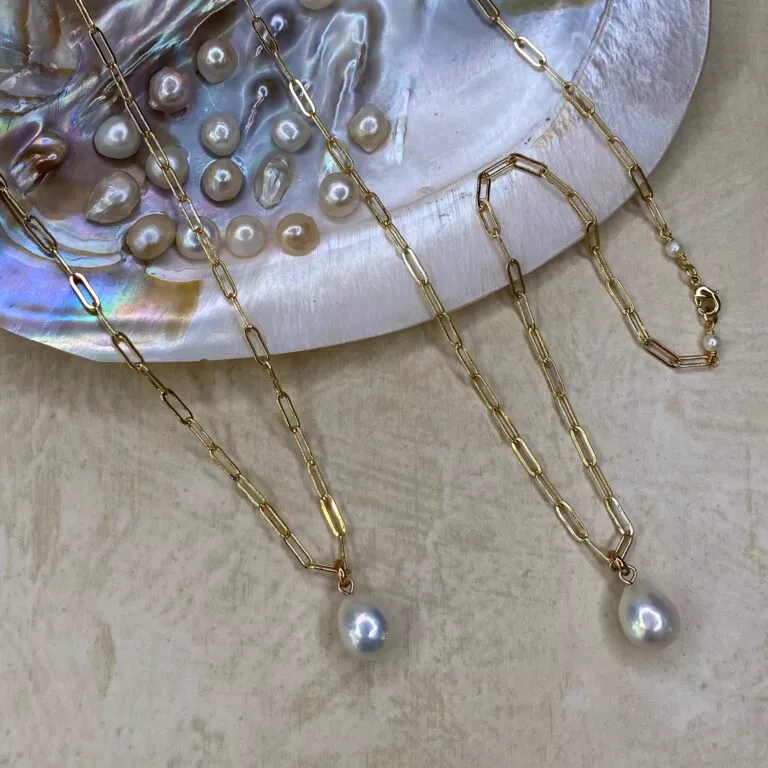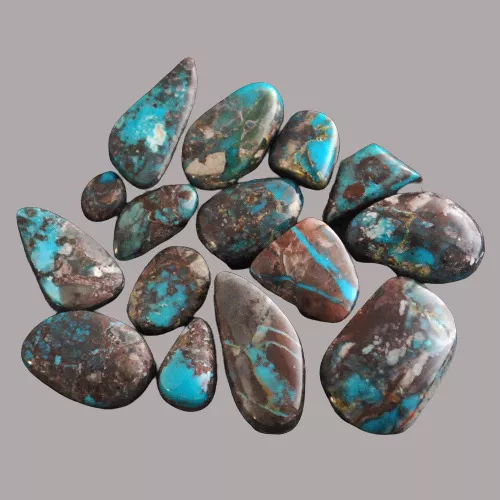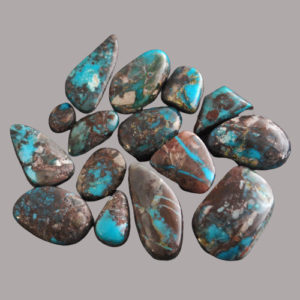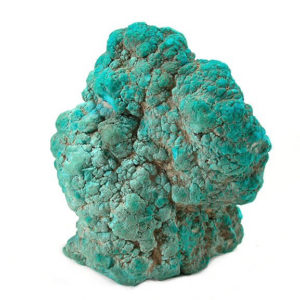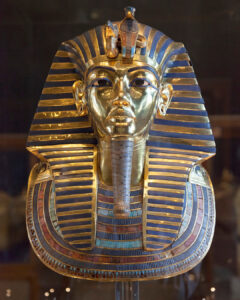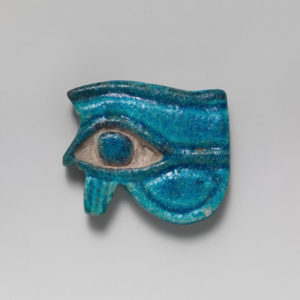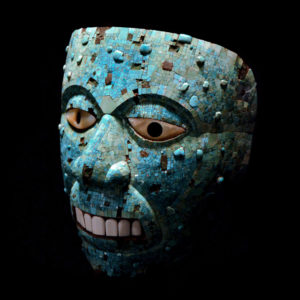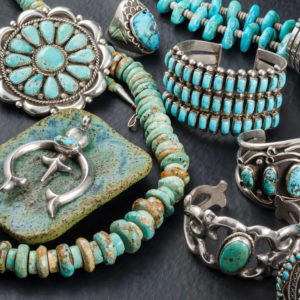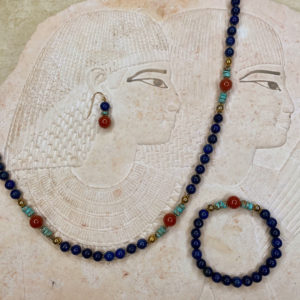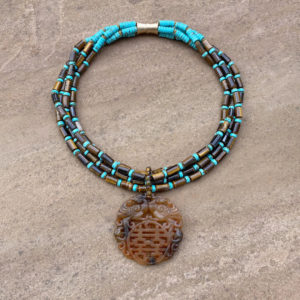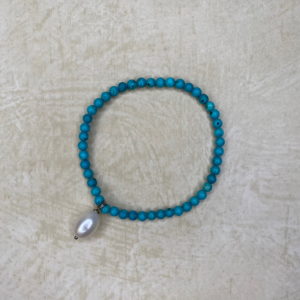Turquoise
Turquoise is an opaque, blue-to-green mineral that is rare and valuable and has been prized as a gemstone for thousands of years.
Turquoise has spanned all cultures from the Ancient Egyptians, the Persians and Chinese, the Aztecs and Incas of South America and Native North Americans, and it has stood as a symbol of wisdom, nobility, protection and immortality.
The word “Turquoise” dates to the 17th century and is derived from the French “turquois” meaning “Turkish” because the mineral was first brought to Europe in the 13th century through Turkey from mines in the province of Khorasan in Iran.
The Ancient Egyptians used Turquoise since at least since the First Dynasty (3,000 BC) and it was mined in the Sinai Peninsula. It was extensively used in jewellery and amulets and possibly the best known object incorporating Turquoise is Tutankhamun’s funerary mask. Turquoise was so liked by the Egyptians that it became the first gemstone to be imitated by creating a blue glazed ceramic, called “faience”.
In Persia, an important source of Turquoise for the last 2,000 years, it became the national stone and was used in jewellery, objects and buildings.
Native Americans have mined and fashioned Turquoise for at least 1,000 years, with their main sources throughout the southwest USA. The South American Mayas, Incas and Aztecs also cherished Turquoise, from Mexico, and used it on ceremonial masks, knives, and shields.
The less expensive alternative to Turquoise today is dyed Howlite, a semi-precious White stone with natural black veining similar to that of Turquoise.
Turquoise is the traditional birthstone for the month of December and the gem of the 11th wedding anniversary.

